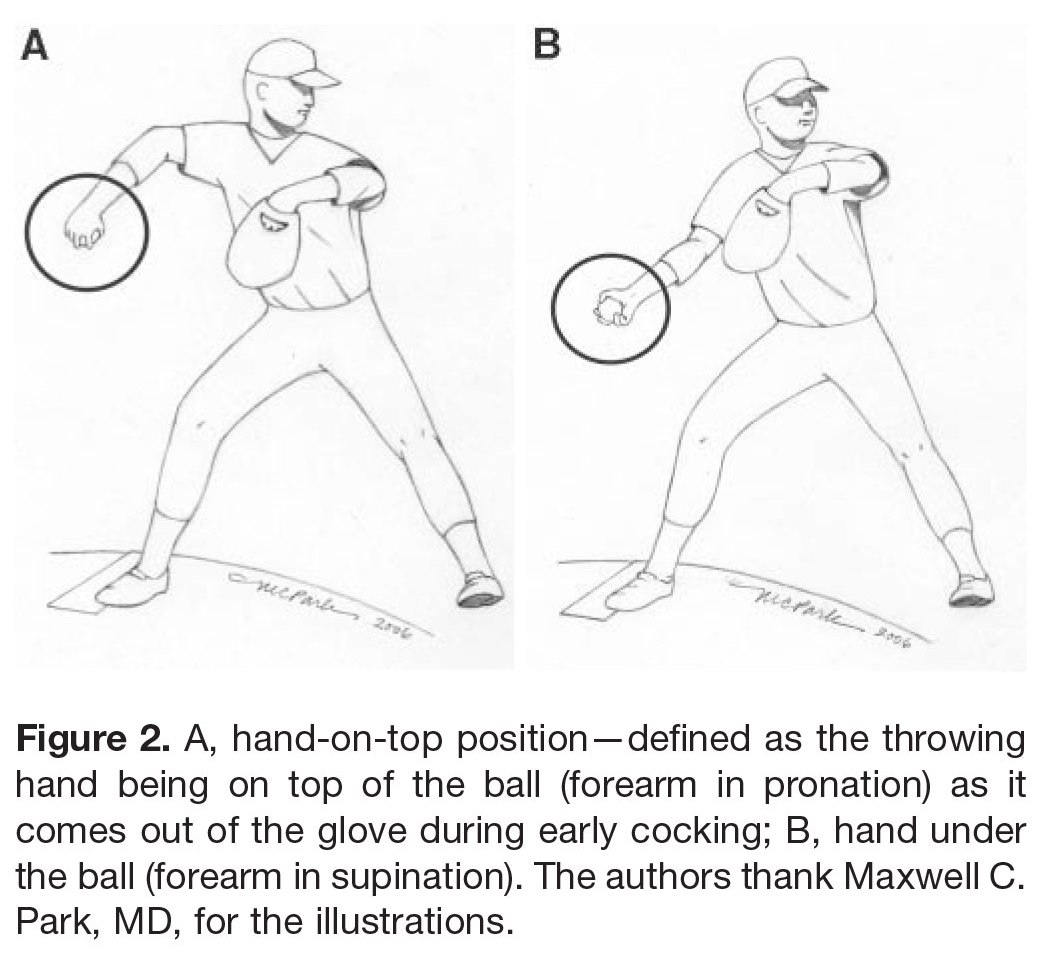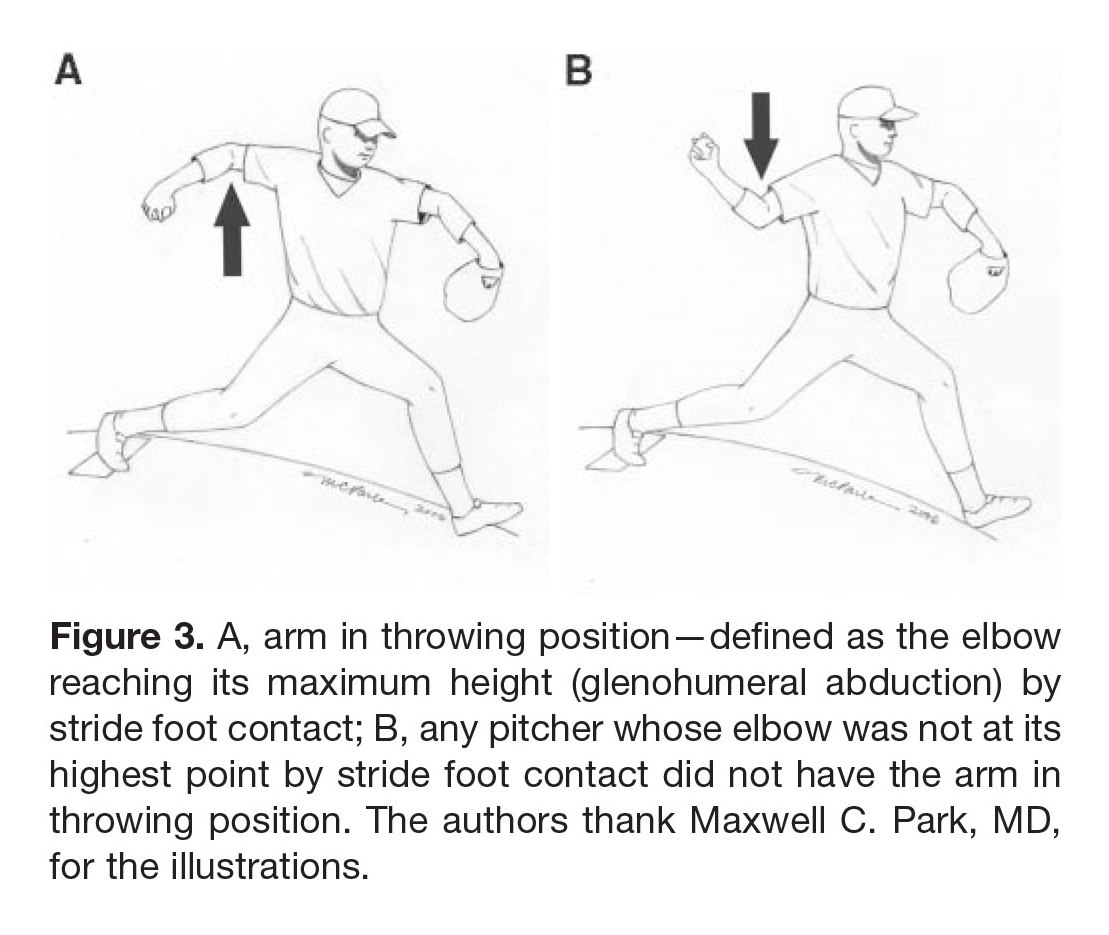Few phrases are more likely to strike fear in my heart, as least of late, than this seemingly beneficial one.
Proper Pitching Mechanics.
The problem is that, increasingly, when people talk about proper pitching mechanics, they are talking about any mechanic, gimmick, or trick that quickly enables pitchers to throw harder.
That's it.
The implicit assumption is that, if you're throwing hard, your mechanics must be good.
If your mechanics weren't good, you wouldn't be throwing hard.
Right?
In truth, as I discuss in The Epidemic and, more importantly, in my analysis of...
...I believe the majority of what is currently being labelled proper pitching mechanics, including...
...is actually extremely problematic.
Yes, pitchers are throw harder; velocities are up at all levels of the game.

Bundy, Mayo Clinic Power Position, and Verlander
However, much current information about "proper pitching mechanics" is injurious; it is the cause of the pitcher injury and Tommy John surgery epidemic, not the solution to it.
Proper Pitching Mechanics?
When it comes to the topic of proper pitching mechanics, there is one question that too few people ask and answer.
How do you define "proper?"
I define "proper" pitching mechanics as mechanics that lead to pitchers who are both dominant and durable. The problem is that, in my (direct) experience, too often "proper" just means anything that helps you (quickly) throw hard(er).
That's it.
If a pitcher is throwing hard, too many people will immediately assume that pitcher's mechanics must good when, again in my (direct) experience, and increasingly, the odds say they likely aren't. Sometimes, the mechanics that are advocated by people for throwing hard are also said to reduce the risk of injury. However, recent research suggests they are not.
Thus The Epidemic
When I first started really diving into pitching mechanics in 2005, I did so by reading literally every study I could get my hands on. One of the studies I came across is the one below, which contains perhaps the most telling quote I have yet to come across.

Lyman 2002 Effect of Pitch Type, Pitch Count...
If a mechanical "flaw" reduces the risk of elbow or shoulder pain, then how exactly is it a flaw?
What this told me is that peoples' preconceived notions of what constitutes proper pitching mechanics are preventing them from seeing what the research is trying to tell them.
Which is why four things that reduce the incidence of pain are (still) classified as "flaws."
In truth, the "flaws" are deviations from the study's pre-conceived notion of what proper pitching mechanics look like; from the SMI/ABF pitching mechanics model. I believe the ASMI/ABF model is related to Tom House's model. It at least advocates many of the same things.
"These pitcher videos were qualitatively analyzed for proper pitching mechanics by using a model developed for this study by the American Sports Medicine Institute (ASMI) and the American Baseball Foundation (ABF)."
Of course, a far more appropriate/responsible way of presenting the information would be to declared the pitching mechanics model flawed, not the mechanics that reduce the risk of elbow and shoulder problems.
It's mind-bottling.
I'd date the publication of Nolan Ryan's (Really Tom House's) Pitcher's Bible as the point where the pitching mechanics industry went off the rails and Lyman's 2002 paper as the point where science followed them.
The Problem Starts at the Top
For whatever reason, one of the driving forces of the epidemic is that some of the most respected organizations and names are promoting ideas that are problematic.
ASMI
As I discuss at length in Comments About ASMI's Pitching Mechanics Model, I have seen them put out a number of pieces on pitching that, while well-intentioned, in my opinion will likely worsen the epidemic, not improve things.
Mayo Clinic
While the Mayo Clinic is one of the biggest names out there when it comes to advanced medicine, my analysis of the Mayo Clinic's model of safer fastball mechanics points out a number of huge problems with their advice.
Tom House
While Tom House is widely regarded as the authority on pitching mechanics, I question whether Tom House is the solution or the problem to the epidemic.
Jeff Passan
While Jeff Passan's The Arm is often touted as one of the most important baseball books, I am one of the people featured in it and have a number of comments about Jeff Passan's The Arm.
Following, Not Leading
In general, the problem with the scientific establishment is that, in far too many cases, it is following, rather than leading, the pitching instruction industry.
I can't tell you how many journal articles I have come across is which things that are unnatural, and that emerging research suggests is problematic, are put forth as representing proper pitching mechanics.

Proper Pitching Mechanics?
For instance, the picture above from Pitching Mechanics, Revisited is said to represent proper pitching mechanics when, in truth, it represents a problem I call Flat Arm Syndrome.
You can find problems in other journal articles in which problematic movement patterns are labelled as proper.

Proper Pitching Mechanics?
In the picture above, what is advocated is an internally-rotated, elbow driven hand break, which has been shown to be problematic.

Proper Pitching Mechanics?
Similarly, in the picture above the pitcher's front heel is planting, and their hips and shoulders are about to start rotating, but their arm isn't even flat. Instead, it's internally rotated.